25.1 Who travelled on the Titanic?
The tragic event of the sinking of the Titanic has been remembered in innumerable books, films, and articles, and there has always been interest in who survived and who did not.
There are many datasets in circulation offering summary information on the Titanic, around fifteen or so in R and its packages. Some have more data, some less, some use different variable names—it can be confusing. Continuing effort by Titanic researchers has unearthed more detail and there are now lists of those on board available at Encyclopedia Titanica (Encyclopedia Titanica (2021)) giving full names and ages, as well as sex and passenger class or crew department. Information on fares is also given, but is incomplete. The dataset used here only includes passengers and crew who sailed for America.
Before looking at survival rates, it is interesting to look at who actually travelled. The ship started in Belfast, in the North of Ireland, where it had been built, sailed to Southampton, crossed the Channel to Cherbourg in France, stopped off at Queenstown (now Cobh), Cork’s harbour in the South of Ireland, and then set off across the Atlantic.
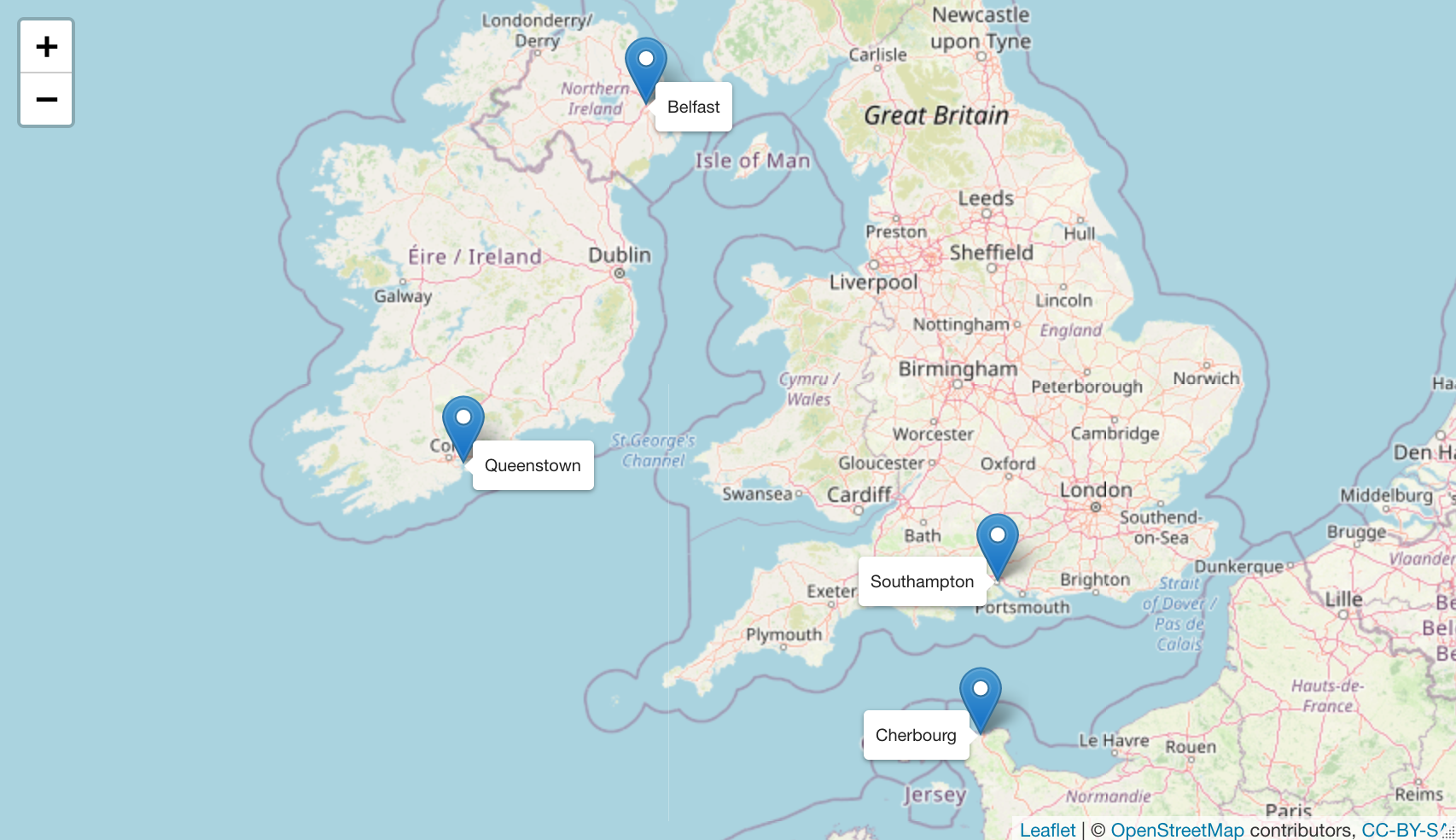
Figure 25.1: Belfast to Southampton to Cherbourg to Queenstown Map:© OpenStreetMap contributors
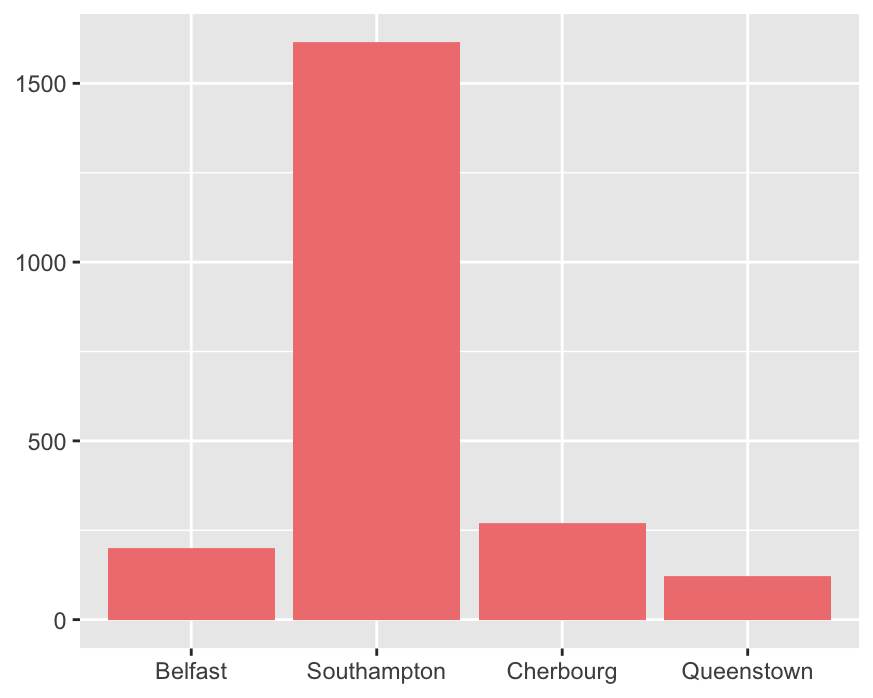
Figure 25.2: Numbers boarding the Titanic by port
The majority of passengers and crew joined the ship in Southampton and probably the people starting in Belfast were crew. Figure 25.3 shows where males and females boarded. No females joined the Titanic in Belfast and the numbers of males and females who joined in Cherbourg and Queenstown look about equal.
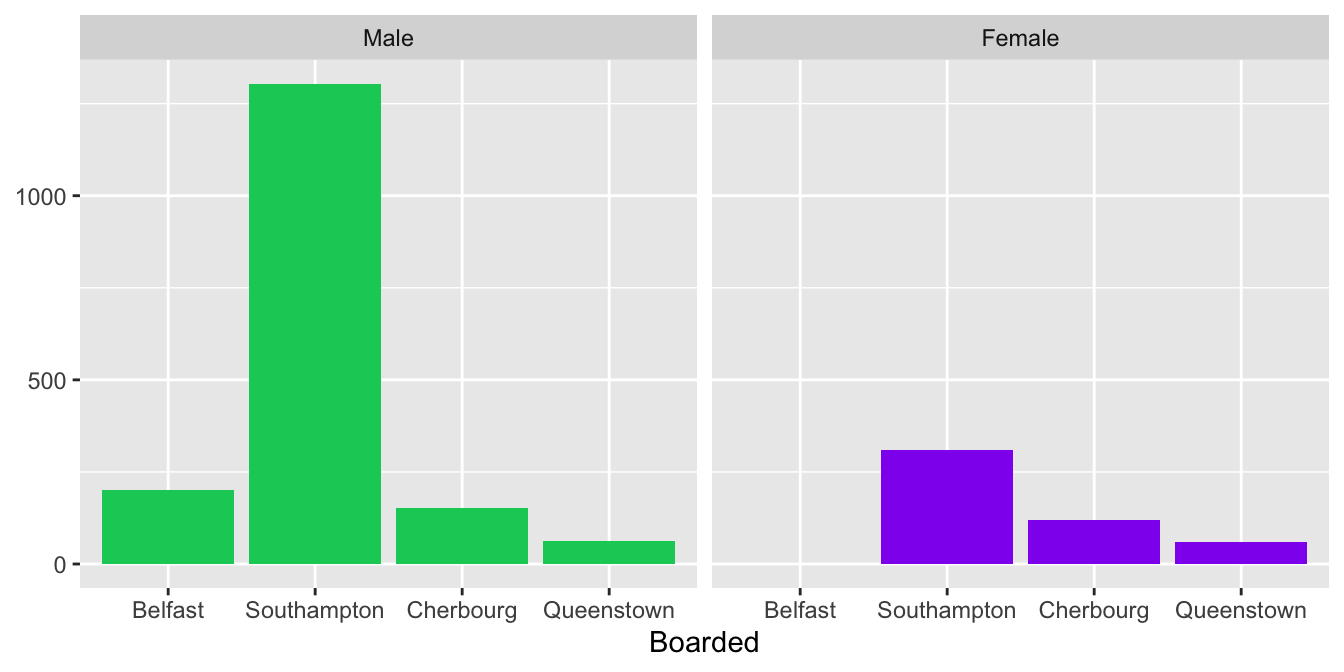
Figure 25.3: Numbers boarding the Titanic at each port by sex
Figure 25.4 shows the boarding patterns for passengers and crew by sex. The bulk of the crew joined in Southampton as did many more male passengers than female passengers, unlike at Cherbourg and Queenstown. There were even a very few passengers who boarded in Belfast, but, with one exception, these were employees of Harland & Wolff, the ship’s builders.
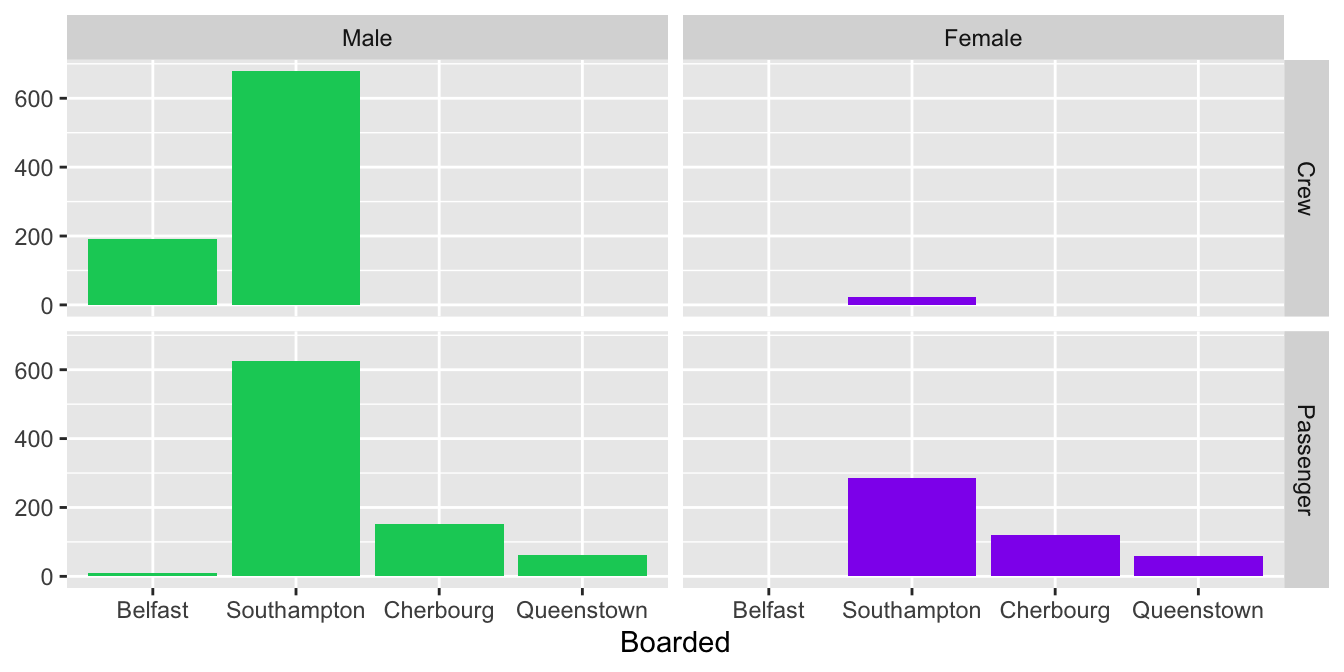
Figure 25.4: Numbers boarding the Titanic by sex and by passenger or crew
Figure 25.5 looks at differences in boarding patterns for passengers by sex and class. Almost all those who boarded in Ireland travelled third class. Of the first class passengers who boarded in France there were more females than males.
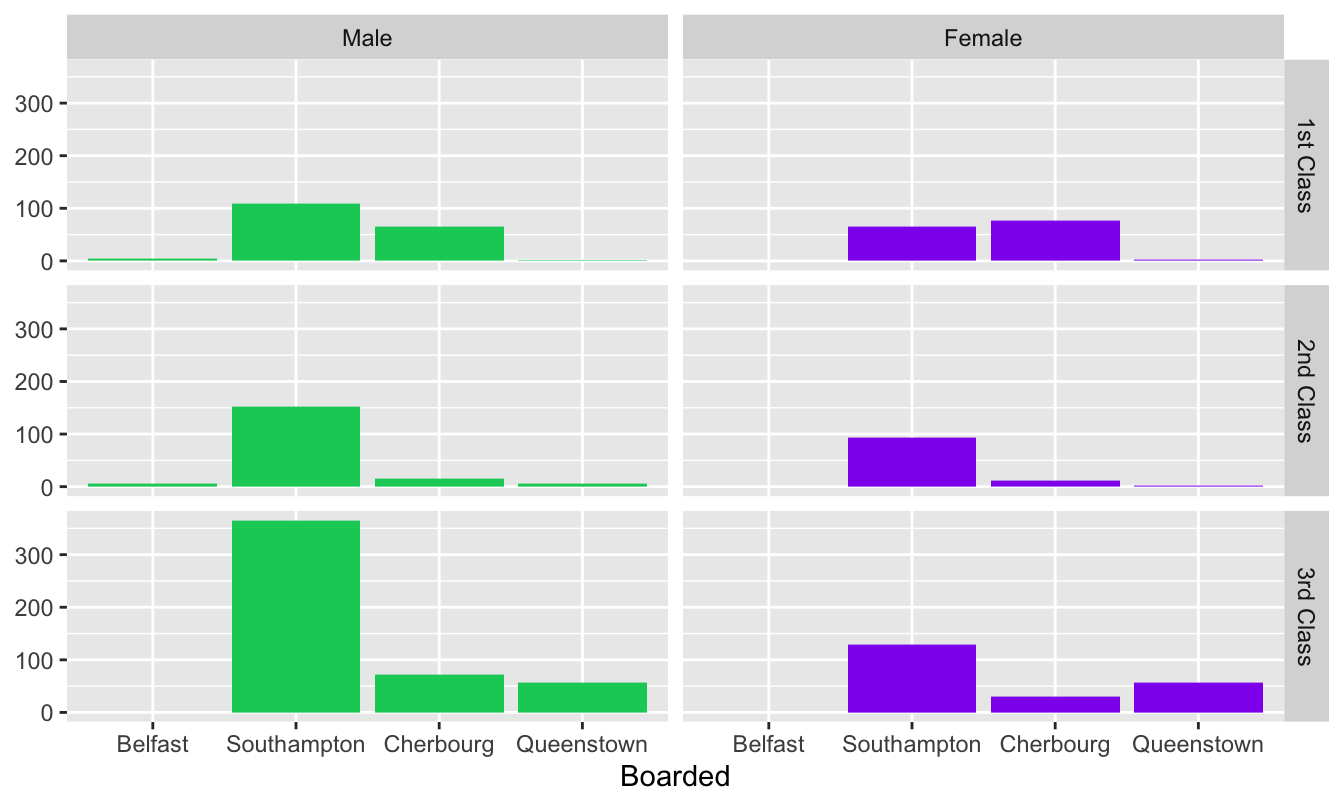
Figure 25.5: Numbers of passengers boarding the Titanic by sex and class
There is information on passenger nationality and this is shown by port of boarding in Figure 25.6. Any nationality with 25 or fewer passengers has been grouped together in “Other”. Most of the Irish (and almost only Irish) boarded in Queenstown. Americans boarded in Southampton and, to a lesser extent, in Cherbourg. The Scandinavians (Swedes, Norwegians, Finns) almost all boarded in Southampton. Most of the Syrian Lebanese group boarded in Cherbourg. The relatively few French boarded in either Southampton or Cherbourg. Possibly French people preferred to travel on a French liner across the Atlantic.
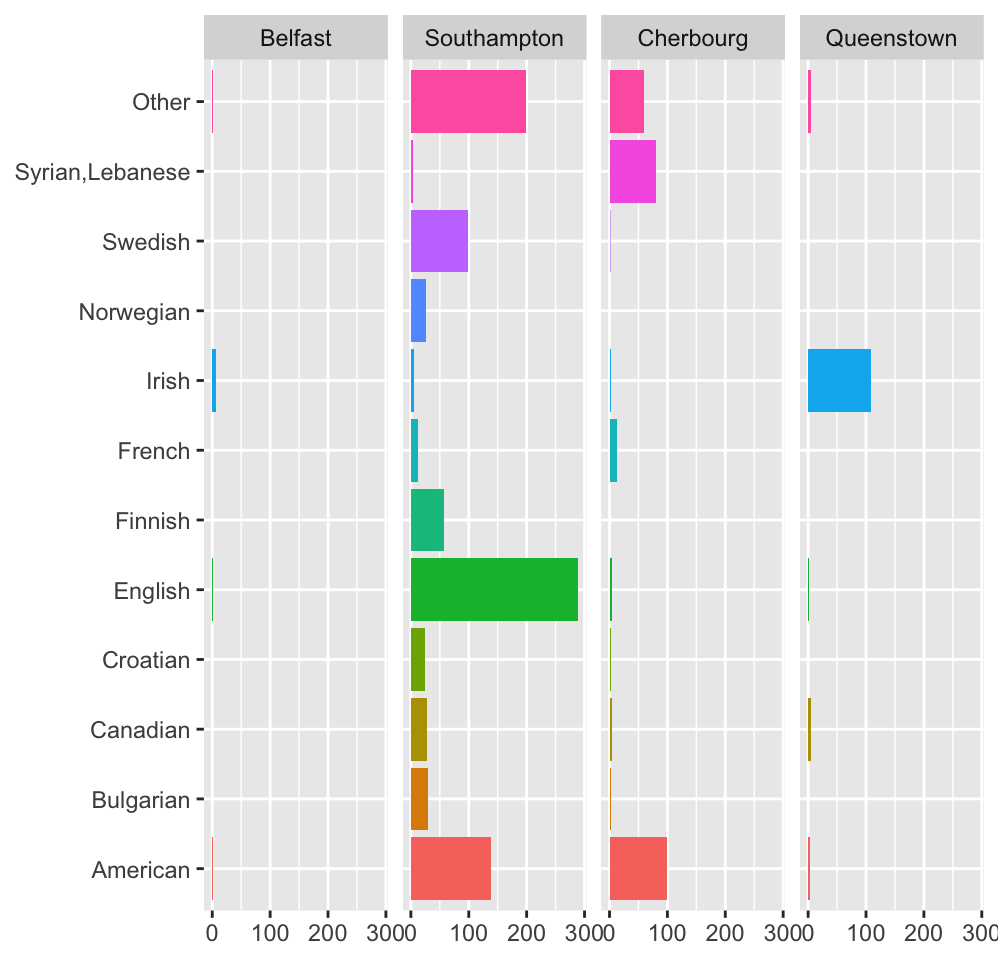
Figure 25.6: Nationality of passengers on the Titanic by port of boarding
Nationality and passenger class are related. Figure 25.7 shows the patterns. North Americans from the US and Canada travelled mainly first class and made up the majority of passengers in first class. A few English travelled first class, but almost half were in second class. Apart from a few French people, the rest of first and second class were almost all from “Other” nationalities.
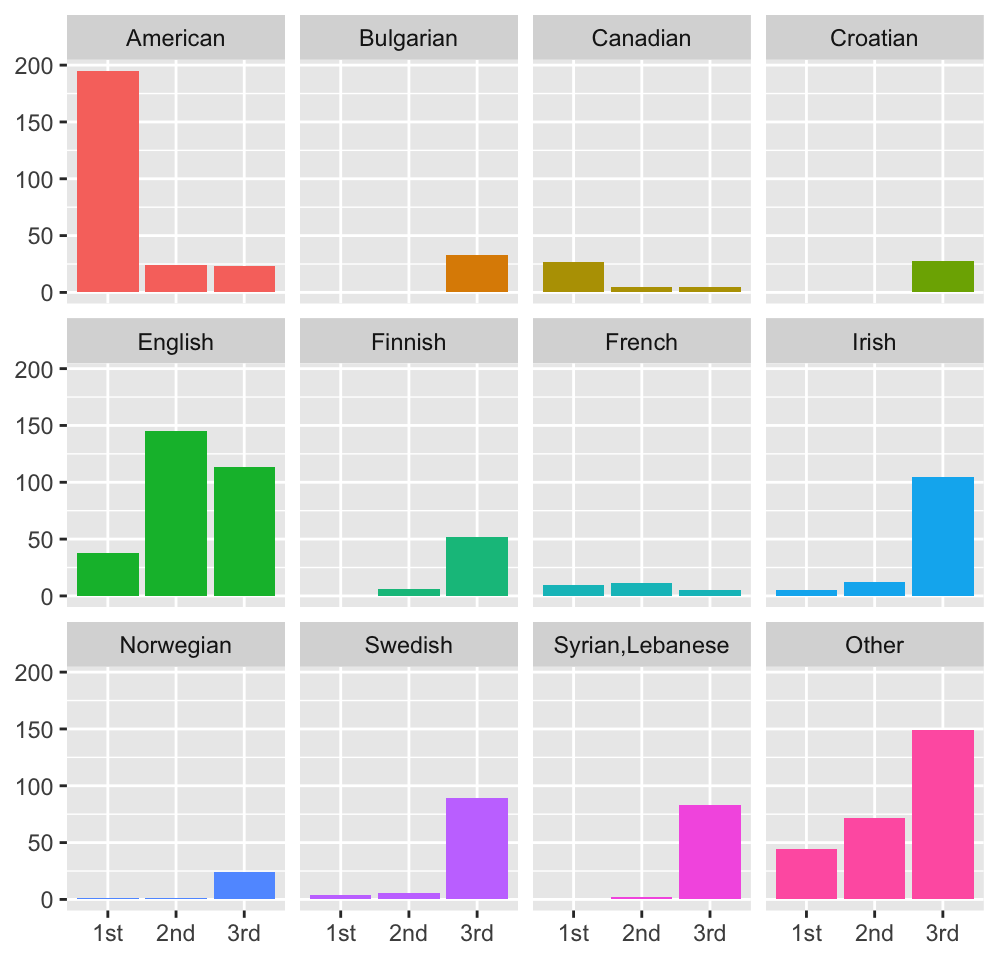
Figure 25.7: Nationality and class of passengers on the Titanic
Some of the passengers are reported as being from two countries, some countries have changed borders over the last 110 years, some of the data may be inaccurate. Nevertheless the main conclusions remain.